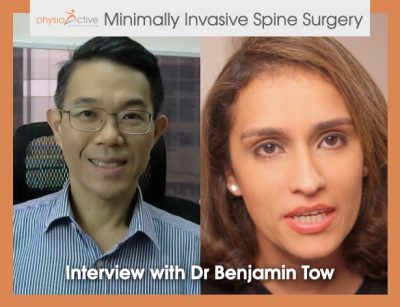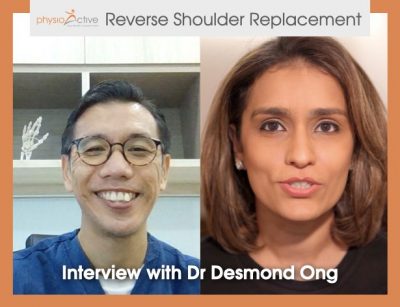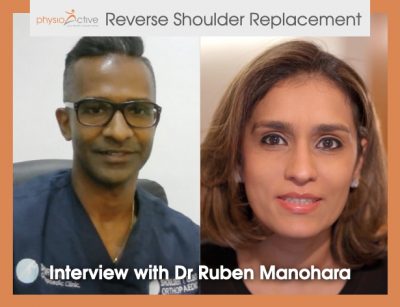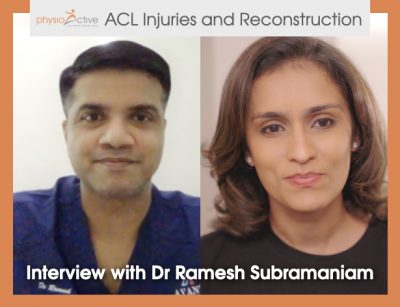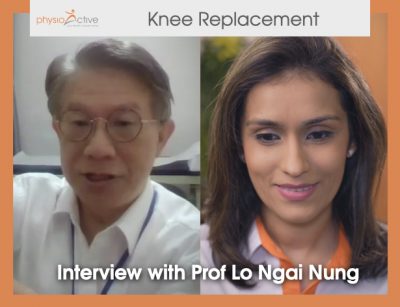Shoulder Instability and Dislocation: Causes, Treatment, and Recovery
Shoulder instability and dislocation are common yet often misunderstood conditions that can affect people of all ages and activity levels. From professional athletes to individuals engaged in everyday tasks, these issues can significantly impact quality of life. In this article, we break down the causes, symptoms, and treatment options, with insights from Dr. Ong Kee Leong, a leading orthopaedic surgeon at Synergy Orthopaedics Singapore.
Understanding the Shoulder Joint
The shoulder is the most mobile joint in the human body, thanks to its ball-and-socket structure. This wide range of motion, however, also makes it the most unstable joint. The ball (head of the upper arm bone) fits into a shallow socket (glenoid), supported by soft tissues like the labrum, ligaments, and rotator cuff muscles. Injury or overuse can compromise these structures, leading to instability or dislocation.
What is Shoulder Instability?
Shoulder instability refers to a condition where the joint becomes loose and may partially or completely slip out of place. Patients often experience sensations of clicking, looseness, or the fear of the shoulder “popping out” during movement. This can result from repetitive strain, previous dislocations, or trauma.
According to Dr. Ong, the labrum—an O-ring-like cartilage lining the socket—is often involved in instability. Damage to this structure can reduce stability and cause ongoing discomfort or apprehension during certain movements, especially throwing actions.
What is a Shoulder Instability and Dislocation?
A shoulder dislocation occurs when the ball completely comes out of the socket. It is typically very painful and often occurs due to trauma, such as falling on an outstretched arm. Patients usually recognize the dislocation immediately due to the severity of pain and the visible deformity. Treatment involves reducing (repositioning) the joint, followed by pain management and rehabilitation.
Conservative Treatment for First-Time Dislocations
Not all shoulder dislocations require surgery. For first-time dislocations, conservative treatment is often sufficient. This includes:
- Pain relief medication
- Arm immobilization using a sling
- X-rays to rule out fractures
- Early physiotherapy to prevent stiffness or frozen shoulder
Physiotherapy plays a crucial role in recovery. A good therapist will guide the patient through safe movements, apply pain relief techniques like ultrasound, and gradually restore range of motion. Within two to six weeks, many patients regain full motion if they adhere to therapy and medication protocols.
When Surgery is Required
If instability persists or dislocations recur, surgical intervention may be necessary. Dr. Ong explains that the type of surgery depends on whether the damage is to soft tissues like the labrum or includes bone loss.
Common Surgical Techniques Include:
- Arthroscopic Labral Repair: A keyhole surgery to reattach the torn labrum.
- Remplissage: Used when there is additional damage to the humeral head.
- Latarjet Procedure: A bone transfer surgery for severe cases or failed previous surgeries.
These procedures are typically done arthroscopically and followed by a structured rehabilitation program, starting as early as the day after surgery.
Post-Surgical Recovery Timeline
Dr. Ong advises Indonesian patients to remain in Singapore for at least two weeks post-surgery to monitor healing and begin physiotherapy at PhysioActive Singapore. After two weeks, patients can return to Jakarta and continue rehabilitation at PhysioActive Indonesia.
Typical recovery milestones include:
- Weeks 1–2: Pain control, wound care, and early physiotherapy
- Weeks 2–6: Regaining range of motion up to 90° (shoulder height)
- Months 2–3: Full range of motion and gentle strengthening
- Months 3–6: Return to sports and functional activities
Dr. Ong emphasizes that recovery success is “50% surgery and 50% physiotherapy.” Both elements must work together to ensure full recovery.
Avoiding Frozen Shoulder
One common pitfall is neglecting to move the shoulder after injury, which can lead to frozen shoulder—a painful and stiff condition. Early diagnosis, guided motion, and physiotherapy are essential to avoid this complication. If you’ve experienced a shoulder injury, seek a proper medical evaluation and don’t delay treatment.
Take the Next Step
Shoulder instability and dislocations are treatable conditions with the right medical and physiotherapy approach. Early intervention is key to a successful outcome, and collaboration between surgical and physiotherapy care providers can make a significant difference.
Contact Information
- Synergy Orthopaedics Singapore:
https://sog.sg,
Tel: +65 6471 2698 - PhysioActive Singapore:
Web: www.physioactive.sg - PhysioActive Indonesia:
Web: www.physioactive.id
WhatsApp: +62 812-8206-8373


